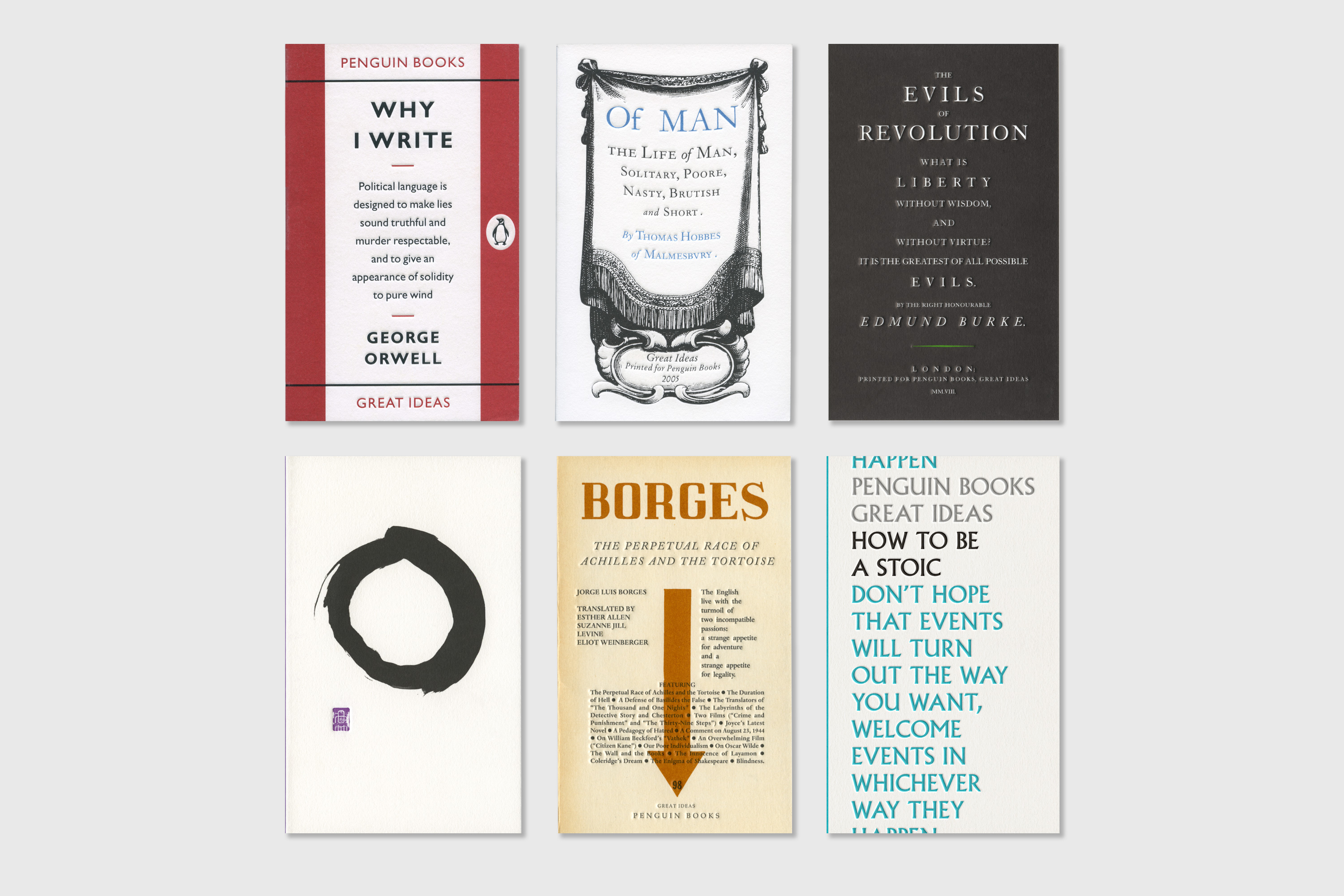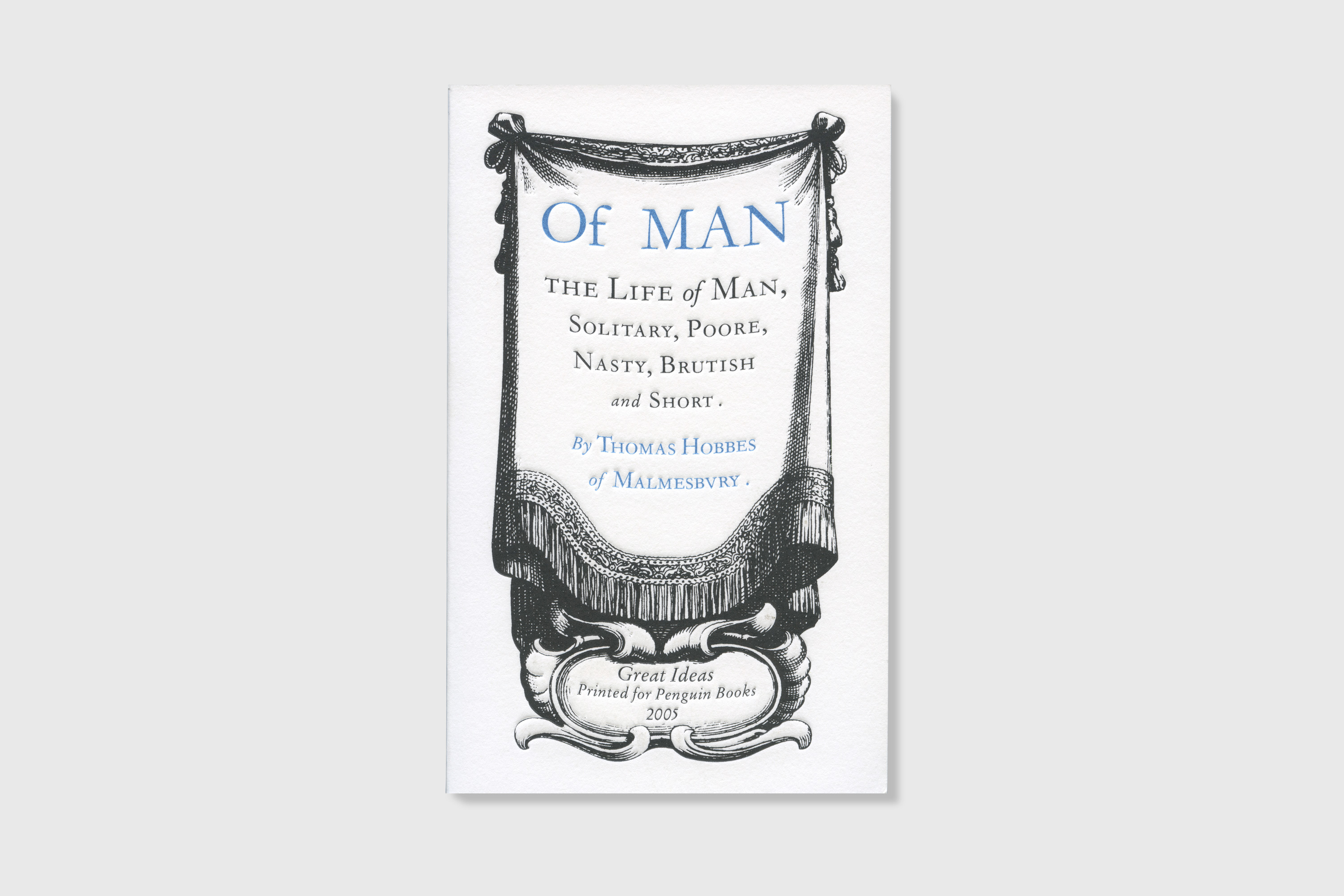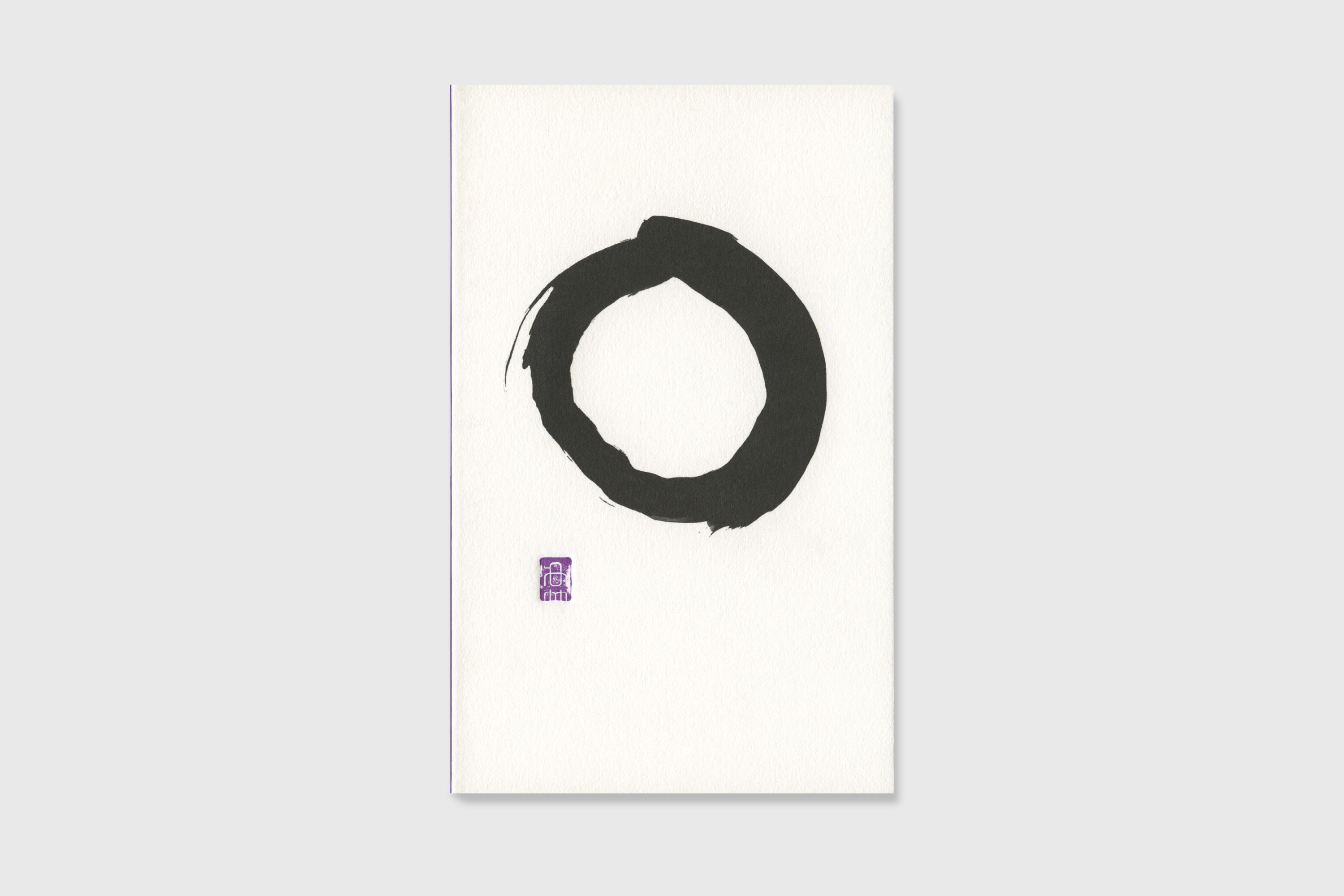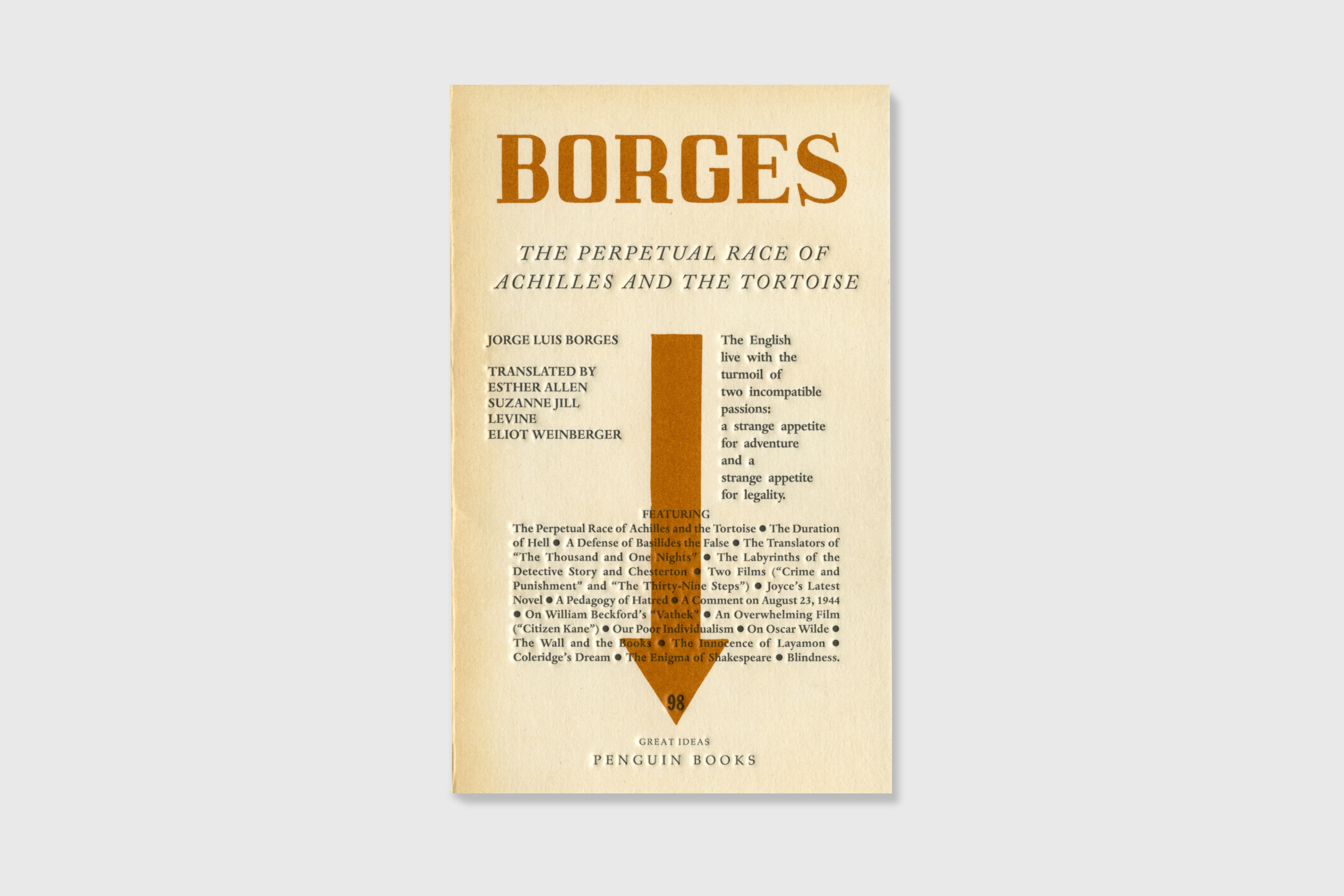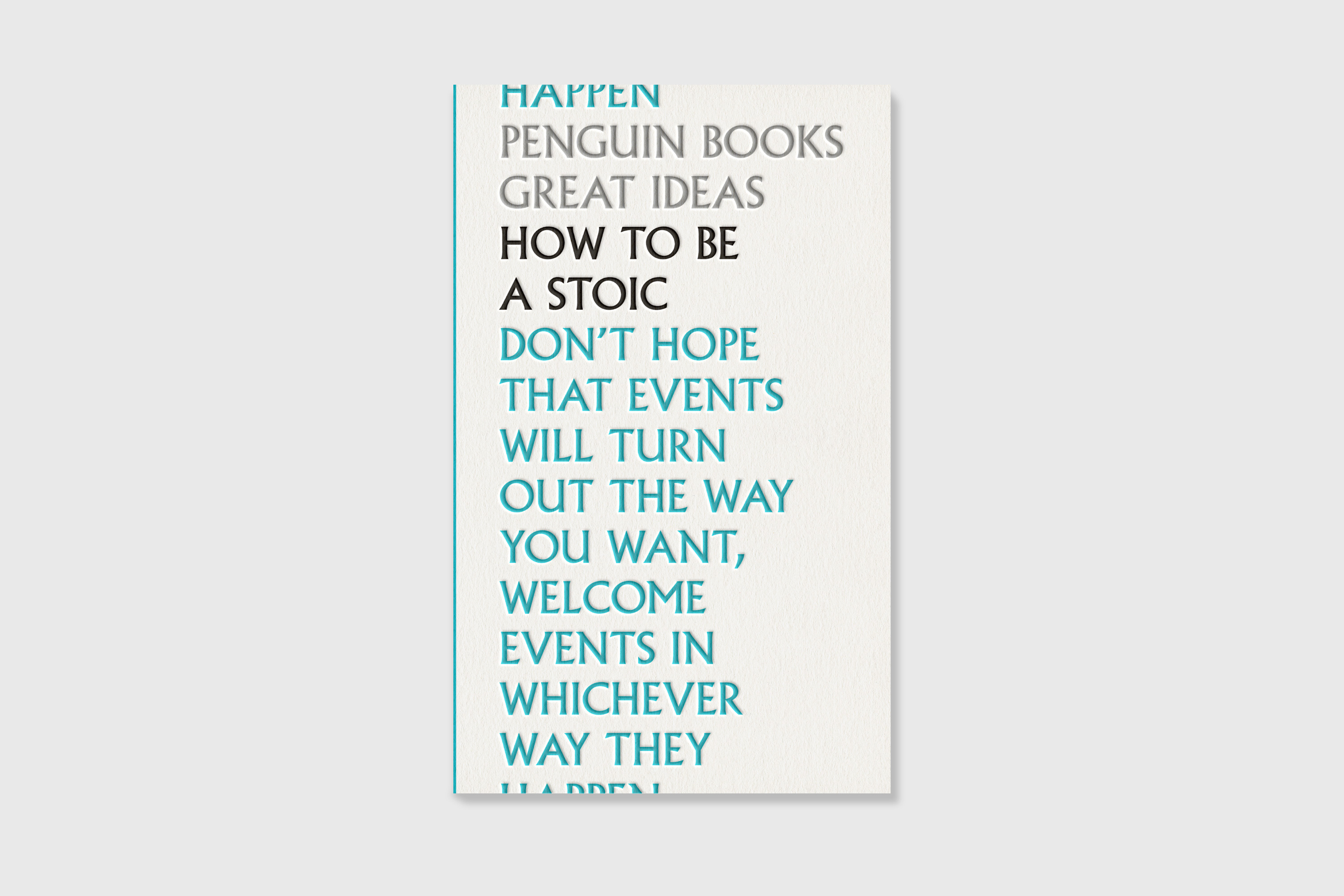Penguin Great Ideas
The Penguin Great Ideas Series is a set of a hundred and twenty key social, political and philosophical texts presented using typographic styles prevailing at the time of each title’s original publication. The first set were published in 2004, and the latest set over fifteen years later, in 2020. To date they have sold over four million copies.
Book designer David Pearson, working at Penguin at the time of the first series of twenty books, led the project and designed the majority of the covers. But he also invited Phil Baines, Catherine Dixon and me to work on a few of the covers (as well as Joe McLaren and Felix Koeberlin on the most recent set).
Owing to the subjective nature of philosophy, David thought it a mistake to dress the covers in literal imagery that would mislead the reader, so type-led covers were chosen in order to challenge the reader to project meaning onto them, and to match more closely the essence of the subjects. The first series won a D&AD Pencil (for Most Astounding Book Covers), and the design team were nominated for the Designer of the Year Award at the Design Museum.
